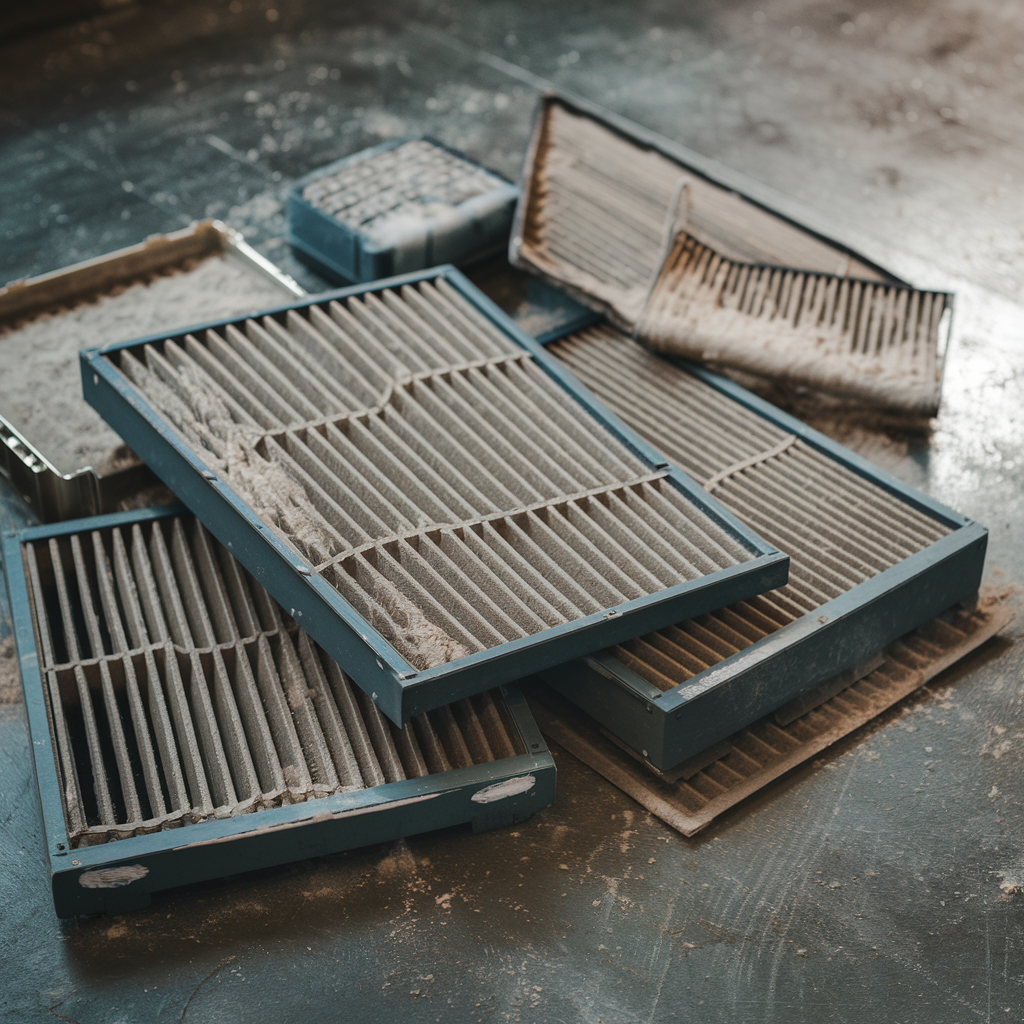Do AC and Furnaces Use the Same Filter?
Yes, in most homes, the AC and furnace share the same air handler or blower, which means they use the same filter. The air filter is typically located in the return air duct or near the blower compartment in the furnace or air handler unit.
Do You Need to Change a Furnace Filter for an AC?
Yes, the filter needs to be changed whether you are running the furnace or the AC. The same filter is used for both heating and cooling. Regularly replacing or cleaning the filter (typically every 1 to 3 months) is essential for maintaining good air quality and ensuring the HVAC system runs efficiently.
How Many Air Filters Does a House Have?
A typical house usually has one air filter located in the return duct or near the HVAC unit. However, larger homes or those with multiple HVAC systems may have more than one filter—possibly in each return vent or air handler.
What Are the Disadvantages of HEPA Filters?
HEPA filters can restrict airflow if not designed for a specific HVAC system, potentially causing strain on the system’s blower motor. They are also more expensive than standard filters and may require retrofitting the HVAC system to accommodate the thicker, denser filter material.
Is a Higher MERV Rating Better for a Filter?
A higher MERV (Minimum Efficiency Reporting Value) rating means a filter can capture smaller particles, but it’s not always better for all HVAC systems. Higher MERV filters can restrict airflow in some systems, leading to increased energy consumption and potential system strain. It’s important to choose a MERV rating compatible with your HVAC system specifications.
What Is the Maximum MERV Rating for a Furnace?
The maximum recommended MERV rating for most residential furnaces is typically between 8 to 12. However, some systems may support filters with MERV ratings up to 16, depending on the system’s capacity and design. Always consult the furnace manufacturer’s guidelines.
What Is the Most Commonly Used Filter in an HVAC System?
The most commonly used filters in HVAC systems are fiberglass filters and pleated filters. Fiberglass filters have a lower MERV rating (around 1 to 4) and are inexpensive but less efficient at trapping smaller particles. Pleated filters are more popular because they have a higher MERV rating (6 to 13) and offer better filtration efficiency without significantly restricting airflow.
